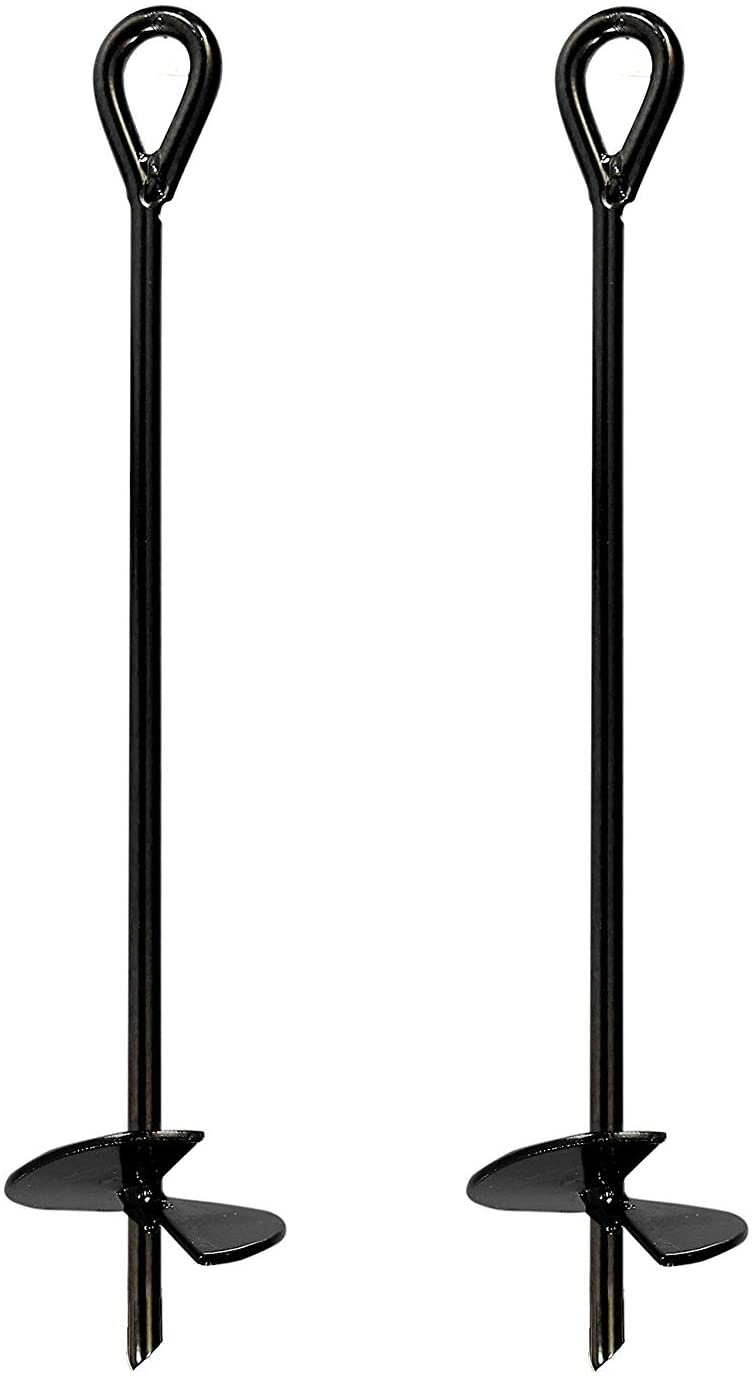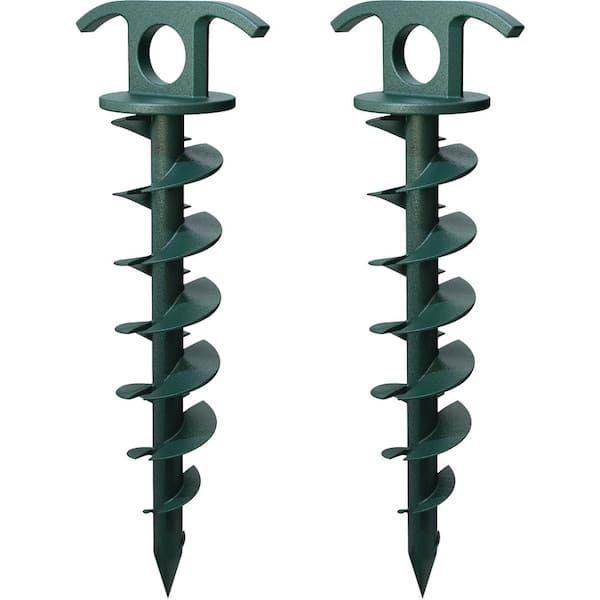The Ultimate Checklist for Installing and Setting Up a Ground Anchor
The Ultimate Checklist for Installing and Setting Up a Ground Anchor
Blog Article
Discover the Advantages of Making Use Of Ground Support for Boosted Stability
Ground supports are integral to enhancing security across different applications, specifically in construction and outdoor events. Their ability to offer assistance versus lateral pressures makes them important in challenging dirt problems, using a reliable service throughout severe weather scenarios. Additionally, ground supports are created to decrease ecological effect and setup costs, while suiting certain project needs. As we check out the multifaceted benefits of ground anchors, an important question arises: what variables should be taken into consideration when selecting one of the most appropriate kind for your task?
What Are Ground Anchors?
Making use of innovative design solutions, ground anchors are specialized tools made to secure frameworks to the ground, offering stability and assistance in numerous applications. These supports are usually ingrained deep into the soil and are made use of in a range of building and civil design projects, consisting of structures, preserving wall surfaces, and bridges. By moving the load of a structure into the surrounding planet, ground supports properly neutralize forces such as tension, shear, and lateral loads.
Ground supports come in various kinds, consisting of passive and active systems - Ground Anchor. Passive supports rely upon friction and the weight of the framework for stability, while active anchors make use of stress to improve their grip within the dirt. Typical materials for ground anchors include steel, which offers high tensile toughness, and artificial materials, which can provide deterioration resistance in certain atmospheres
The installation of ground anchors is a crucial action in guaranteeing the lasting durability of frameworks. Correct style and implementation are important to suit elements such as dirt composition, environmental conditions, and load demands. Consequently, ground supports play a crucial role in maintaining the integrity and security of design projects across varied settings.
Secret Advantages of Ground Anchors
Ground anchors offer a number of key benefits that improve the stability and longevity of structures in various design applications. Among the key benefits is their capacity to supply extra assistance and resistance against side pressures, such as wind and seismic activity. This boosted stability is vital for maintaining the honesty of structures, particularly in difficult environments.
Moreover, ground anchors are versatile and can be used in a selection of soil conditions and surface types. Their versatility allows designers to apply securing services customized to specific project needs, guaranteeing optimum efficiency. The installation of ground anchors is normally less invasive and calls for minimal excavation, minimizing the ecological effect and construction time.
The long-lasting efficiency of ground anchors can lead to decreased maintenance requirements, even more improving their economic viability. Collectively, these benefits setting ground supports as a dependable remedy for enhancing architectural stability in design projects.
Applications in Building And Construction
The convenience of ground anchors makes them very useful in numerous building and construction applications - Ground you could try these out Anchor. These anchors offer necessary stabilization for structures, particularly in difficult dirt problems or on sloped surfaces. They are generally utilized in preserving wall surfaces, making certain that these frameworks can withstand lateral planet stress while stopping dirt disintegration
In foundation job, ground supports are crucial for safeguarding short-lived frameworks, such as shoring systems, during excavation procedures. By providing extra assistance, they assist maintain the honesty of nearby buildings and prevent ground movement. In addition, ground anchors are used in the construction of bridges and towers, where they can take in tensile tons and improve the general stability of the infrastructure.
Additionally, ground supports are essential in the setup of wind turbines, where they help anchor the turbine base versus high winds and various other environmental stresses. Their flexibility enables numerous designs, consisting of helical, driven, and grouted anchors, tailored to particular site conditions. Overall, the application of ground supports in building and construction not only boosts safety however additionally adds to the durability of frameworks, making them a basic part in modern design methods.
Enhancing Outdoor Occasion Stability
Ensuring security at exterior events is essential for both safety and operational performance. Ground supports offer a dependable service to safeguard short-lived frameworks, such as tents, stages, and a fantastic read tools, versus unfavorable climate condition and unanticipated disruptions. By utilizing ground supports, event coordinators can significantly decrease the danger of architectural failing, which can lead to mishaps and injuries.
The application of ground anchors plays an essential function in preserving the honesty of the event format. As an example, they can efficiently support tents and covers, guaranteeing that they remain firmly in position during gusty conditions. This not just safeguards participants however also preserves the equipment and products within the occasion space.
Moreover, ground supports enhance the overall aesthetic of exterior occasions. By getting rid of the need for extra assistances or large weights, they create a cleaner, extra organized look. This is especially essential for top-level occasions where aesthetic discussion issues.
Selecting the Right Ground Anchor
Selecting the ideal ground anchor is essential for accomplishing ideal security and safety and security at exterior occasions. Numerous factors have to be taken into consideration when making this selection, consisting of dirt type, environmental conditions, and the certain needs of the framework being anchored.
First of all, evaluate the dirt conditions where the anchor will be set up. Sandy or loosened dirt may call for a various anchor type compared to clay or rocky terrain. For circumstances, auger supports work in loose soils, while deadman supports provide greater stability in firmer ground.


Next, examine the environmental conditions, such as wind loads, possible rainfall, and the overall weather prediction - Ground Anchor. Higher wind speeds demand check my source even more robust anchoring services to avoid movement or tipping of frameworks
In addition, take into consideration the weight and elevation of the structures involved. Larger outdoors tents or canopies will demand heavier-duty supports compared to smaller sized setups.
Conclusion
In final thought, ground supports offer as an essential solution for enhancing stability across different applications. Eventually, the fostering of ground anchors represents a prudent choice for accomplishing ideal stability in building and outside settings.

Report this page